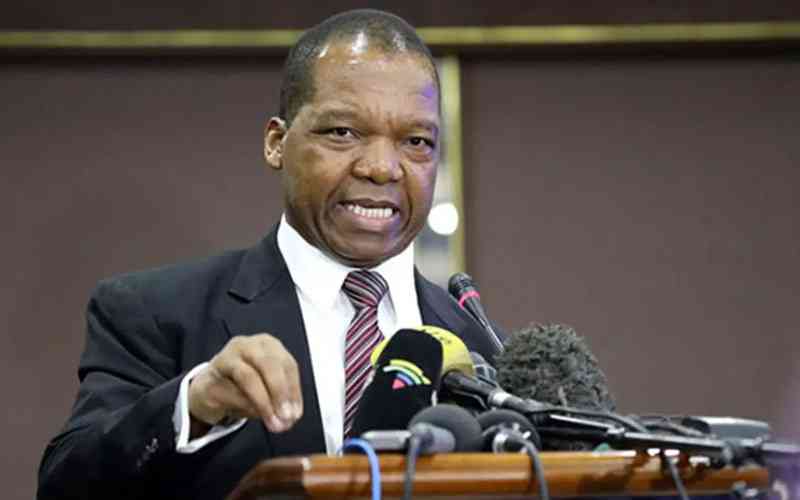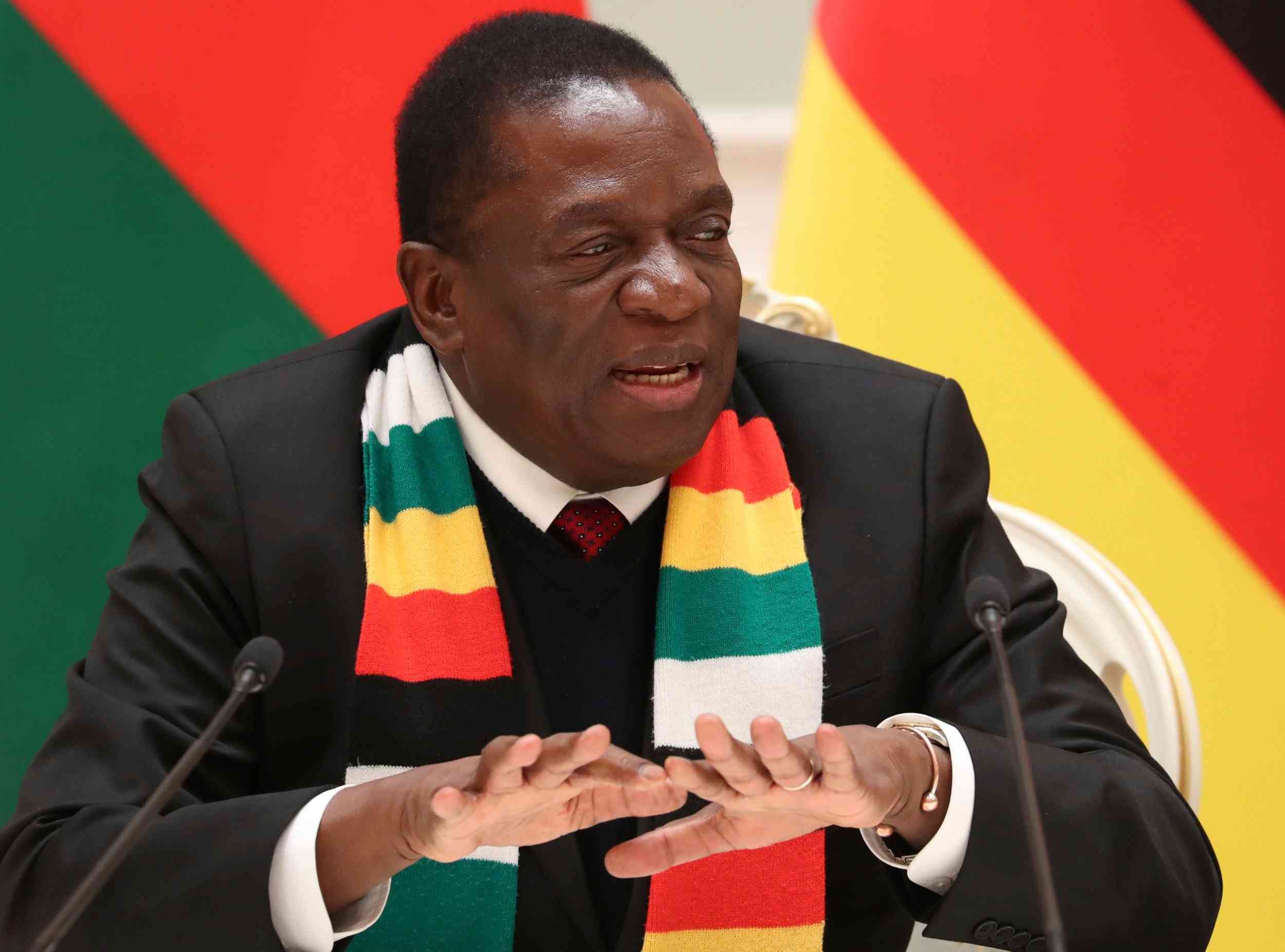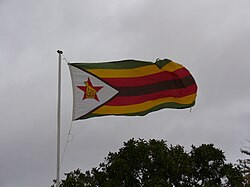
THE formal and informal forex rates are dropping faster than the government can change inflation calculations to hide triple digit statistics.
On the formal side, the Zimbabwe dollar has lost over 30% of its value from the start of the year, against the United States dollar, to $908,63 as of Wednesday this week.
Meanwhile, in the informal market, the Zimbabwe dollar has fallen over 20% from the start of the year to $1 200 against the greenback.
These depreciations come hard on the heels of a new food security update from the United States Agency for International Development that found that more businesses are increasingly charging for food in foreign currency.
Apart from this, fuel, which is already priced in foreign currency, is again on the rise.
So, if basic commodities are increasingly being sold in foreign currency, why is government refusing to pay wages in US dollars? Why is it refusing to put a minimum wage in foreign currency?
Reserve Bank of Zimbabwe governor John Mangudya explained earlier this week that there are two determinants to see whether an economy can dollarise.
The first was reviewing a balance sheet’s foreign currency assets and liabilities, forex deposits in the money supply, and foreign currency loans to total loans, which should be a ratio of 66%.
- Caps face tough second round
- ‘Inflation could shoot to 700% by April next year’
- New perspectives: Inflation control critical for economic growth
- Inflation spike: Why interest rates aren’t the answer
Keep Reading
The second was real/transactional dollarisation which compares domestic foreign currency expenditures to total expenditures that should be a ratio of 70%.
Now, on both metrics, Zimbabwe does not meet those criteria, thereby not justifying full dollarisation, according to Mangudya.
The RBZ boss, however, revealed that there was US$2,5 billion in bank balances.
This means that banks are not lending enough to allow a saturation point in the money supply of 66%.
Further, while the country is using a dual currency system of the Zimbabwe dollar and a basket of other foreign currencies, government is still trying to promote the failing Zimbabwe dollar.
One way they have done that is to make the local currency the accounting currency. It means expenditures can never be recorded in foreign currency as the current monetary and fiscal policies do not allow for it.
Therefore, Mangudya’s excuses against dollarisation, like Treasury’s, is only due to hawkish monetary and fiscal policies, not the market.
Another interesting point is that according to the central bank’s own 2022 FinScope Micro, Small and Medium Enterprises (MSME) Survey, this industry is estimated to generate US$14,2 billion in annual revenue. From this amount, the contribution to the gross domestic product is US$8,6 billion.
The only difference between this foreign currency and the one in the banks is that the former is not circulating through official channels.
That means the country does have enough foreign currency to fully dollarise, but that there is a huge confidence deficit by the informal sector, which now makes about 70% of the economy.
Thus, market confidence is needed to get the informal sector to officialise its earnings.
The next thing the monetary and fiscal “gurus” then point out is how the strengthening of the US dollar in recent months makes the currency unadoptable as it would make Zimbabwean goods less competitive in foreign trade.
However, as government has said, we are already using a multicurrency regime. It means they can easily make the US dollar the accounting currency like the Zimbabwe dollar is now and a cheaper currency like the South Africa rand the transacting currency.
South African officials revealed many years ago that a deal could be worked out to apply different uses to the rand locally, so we know it can be done.
Why we talk like this is because if more shops are pricing food in US dollars, on top of fuel, then the cost of living is very expensive. And if you factor in the continued depreciation of the Zimbabwe dollar, income values are getting eroded leaving consumers unable to afford basic living.
So, government has to understand that unless people are getting paid in US dollars, no one is able to afford the cost living.
If that is the case, does that not suggest that government wants no one to live?
Is that the case, Finance minister Mthuli Ncube and Mangudya?











